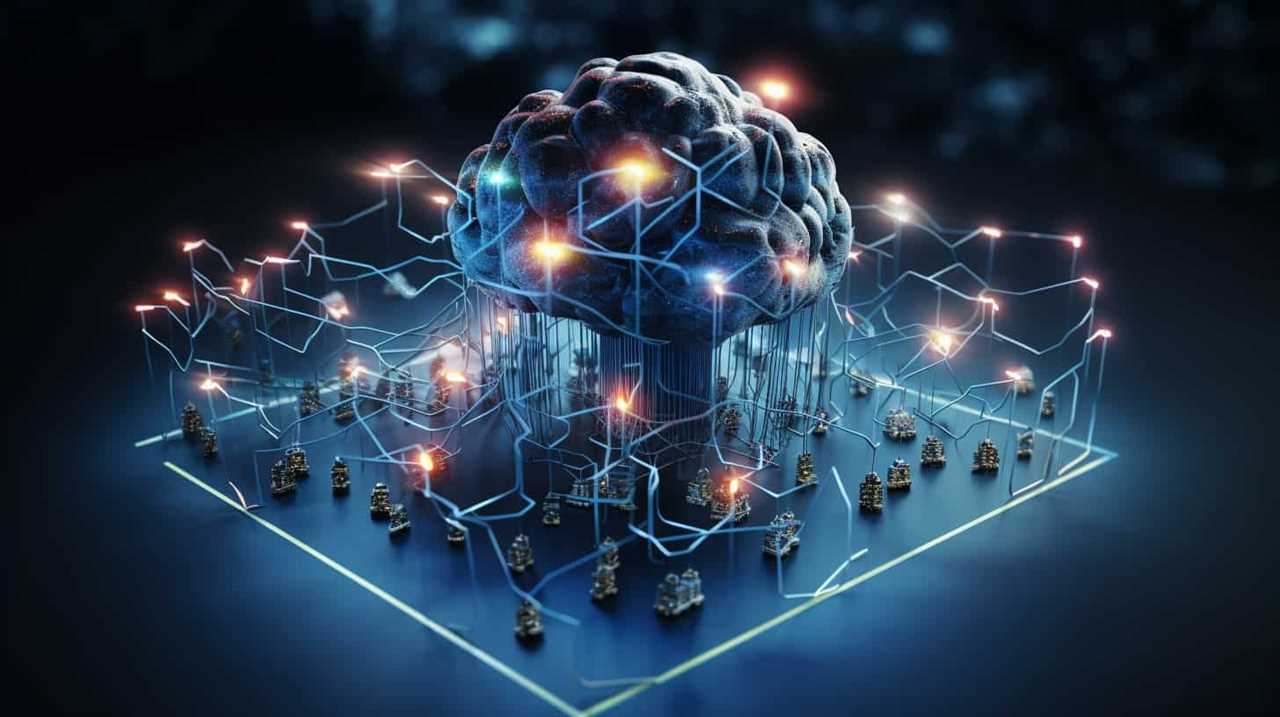Recognizing the Threat
When faced with an AI security breach, immediate action was taken to mitigate potential damage. Vulnerabilities in the system were identified, and swift measures were implemented to contain the breach.
Responding to the Breach
Incident investigations were initiated to determine the breach’s extent, and a communication strategy was developed to maintain trust with stakeholders. Forensic analysis was conducted to understand the impact and identify vulnerabilities.
Assessing the Impact
A comprehensive assessment was conducted to determine the breach’s scope, potential consequences, and impact on operations and customer trust. This assessment laid the foundation for containment, mitigation, and recovery strategies.
Implementing Mitigation Measures
Comprehensive mitigation measures were implemented to enhance security protocols and minimize future vulnerabilities. Risk assessments were conducted, and measures such as enhanced monitoring and access controls were put in place.

Key Takeaways and Future Precautions
Lessons learned from the AI security breach included the importance of regular security audits, software updates, continuous monitoring, and employee education. Future precautions to prevent breaches were highlighted to ensure data safety.
Ensuring Peace of Mind
AI security solutions provide proactive defense against cyber attacks, with real-time monitoring, advanced threat detection, and automated incident response. These measures offer peace of mind knowing that digital assets are safeguarded.
Future Trends and Ethical Considerations
Emerging trends in AI security focus on ethical implications and regulatory frameworks to ensure responsible and secure AI use. Balancing innovation and security is crucial for creating a trustworthy AI future.
Challenges and Best Practices
Integrating AI security measures requires addressing ethical concerns, balancing performance and functionality, complying with legal regulations, and overcoming organizational obstacles. Proactive monitoring and continuous updates are essential for maintaining AI security.

By fortifying AI projects with robust security measures and staying informed on best practices and future trends, organizations can confidently navigate the evolving landscape of AI technology.










